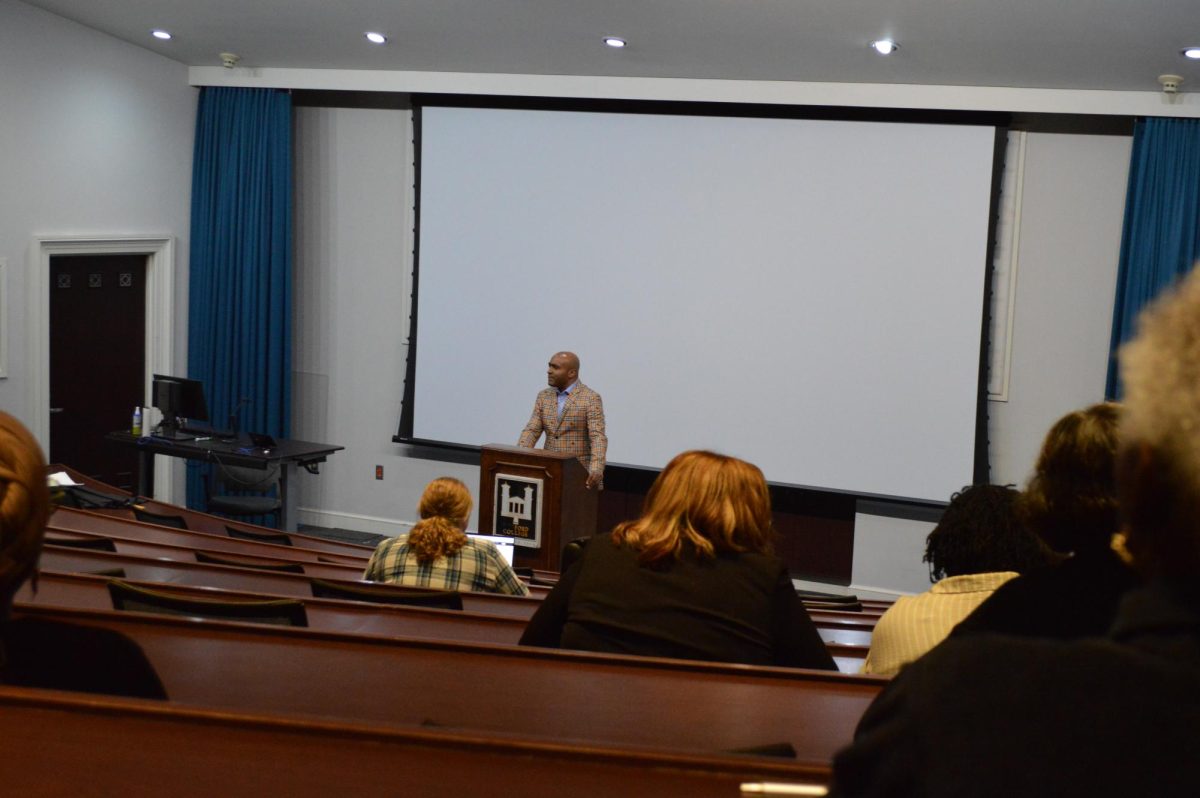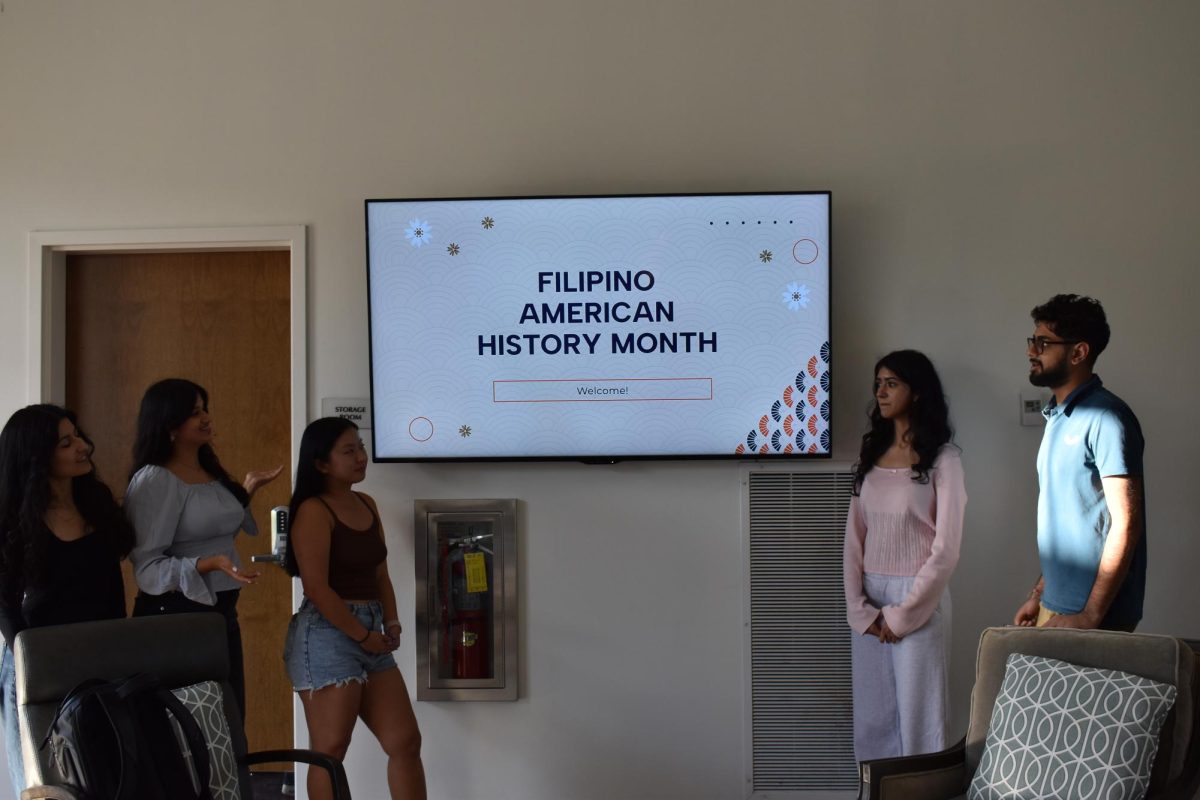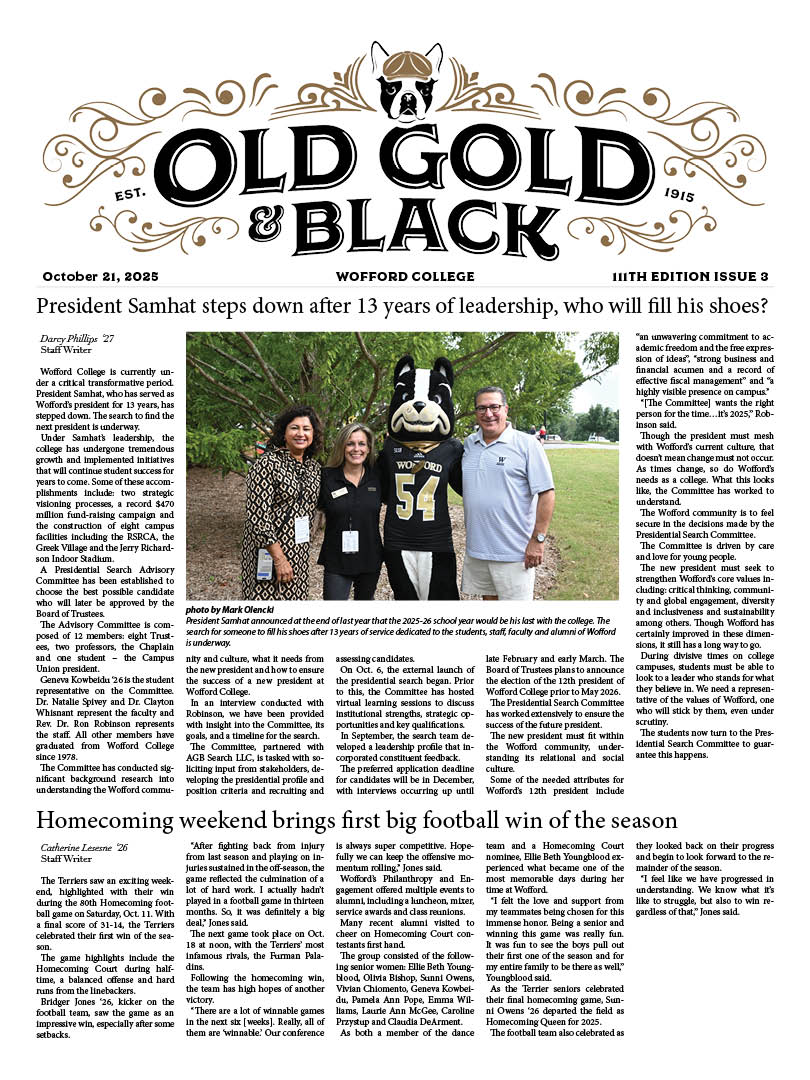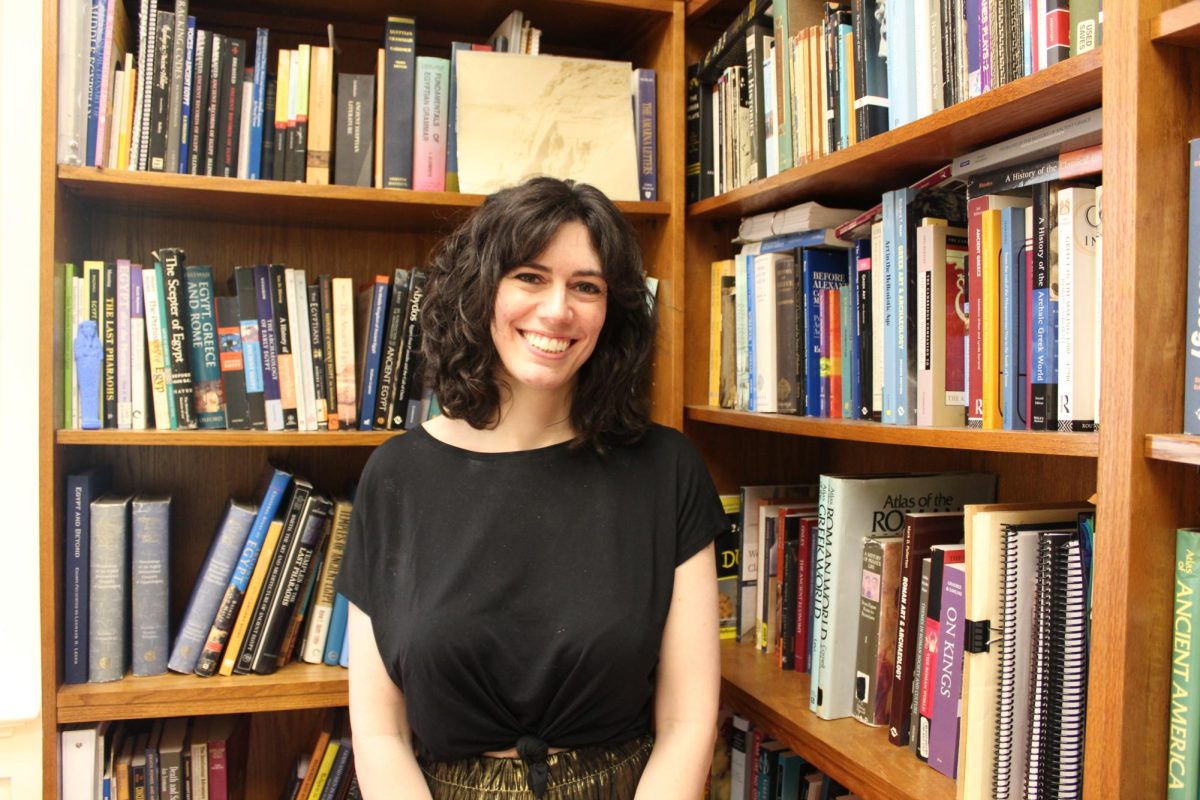Jessica Tomkins, assistant professor of history, collaborated with TED-Ed to develop a video on the Pharaoh Ramesses. Tomkins often uses TED-Ed videos in her classes because of the likelihood of inaccuracies in other online resources.
“I was on their website once, and it just said if you have a great idea, then email in,” said Tomkins. “There were actually surprisingly few videos on Egypt. There’s lots on Greece and Rome and things like that, but not that many on Egypt.”
Tomkins emailed the TED-Ed team proposing a video on one of the most famous Ancient Egyptian kings, Pharaoh Ramesses II. Ramesses reigned for nearly 70 years in the 13th century BCE.
“When I got in touch with them, it turned out the person who was working at Ed was actually someone who had been an (undergraduate student) at Brown, where I had been their TA,” said Tomkins.
Following this surprising coincidence, Tomkins was informed that Ed liked the idea and wanted her to begin putting a script together.
“They told me you can either do bullet points or you can have a go at the script, so I did that,” said Tomkins.
The video is part of a larger series on Ed in which a historical figure is taken before a judge to argue their achievements and the truthfulness of those achievements.
“It’s back and forth for months with them, tweaking it to be more friendly for the public and then fact checking everything and making sure it has all the right details because they don’t want anything to be inaccurate,” said Dr. Jenkins. “So that took about a year back and forth and then it goes to the animator and the voice actors.”
Brett Underhill, a 2D Animation & Motion Graphics specialist, animated and designed the TED-Ed video.
“For most projects that involve historical figures, I research them myself and create their character design for the project,” explained Underhill. “I’ve been drawing people forever, so it’s always important that they look recognizable as themselves but stylized in a visually interesting way.”
Underhill has worked with various educational platforms, such as Crash Course.
“I really enjoy creating content that is both visually engaging and informative,” said Underhill. “History is the perfect subject to combine art, story and education.”
After this, Tomkins was allowed one last look before it went to publication, an important step in ensuring that everyone is satisfied with the final product.
In total, the video took three years from Jenkins’ first email to publishing. You can find the video by searching her name on ted.com.




































